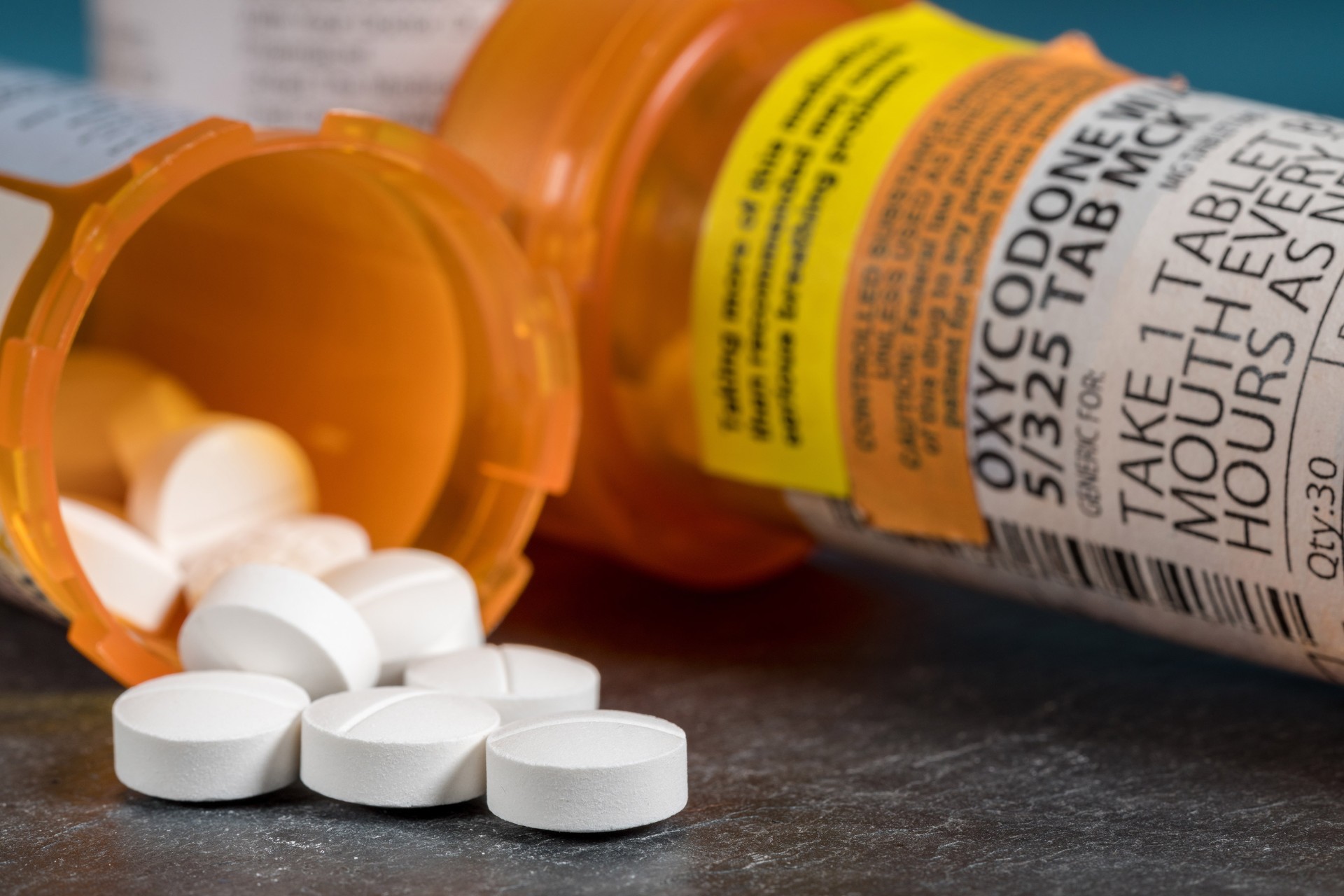Subsidised opioid use dropped overall, but use of one opioid is still on the rise, a new big health data study shows.
On 1 June 2020, the Pharmaceutical Benefit Scheme (PBS) introduced changes to the way prescription opioids are supplied: restricting the number of repeat prescriptions, introducing half pack sizes, and increasing the level of authorisation required to prescribe some opioids, among other changes.
These new restrictions – aligned with changes made by Australia’s medicines regulator, the Therapeutic Goods Administration (TGA) – aimed to reduce the amount of prescription opioids in the community and the number of people prescribed opioids unnecessarily.
A new UNSW Sydney big health data study, published today in the Medical Journal of Australia, opens in a new window, shows the tightened PBS restrictions led to a drop in PBS subsidised opioid use – and are likely to have reduced all prescription opioid use in Australia.
This is the first independent study released on prescription opioid use following the PBS changes after their own evaluation published last year.
“Opioid use subsidised through the PBS declined as a result of all these changes, and that likely represents a true decline in opioid use,” says study co-senior author Dr Benjamin Daniels, a Senior Research Fellow and Cancer Institute NSW Early Career Fellow from UNSW’s Medicines Intelligence Research Program.
“Our study indicated that some people chose to access opioids using unsubsidised private prescriptions, meaning they weren’t bound by the new PBS rules, but this wasn’t extensive.”
Media enquiries
For enquiries about this story and to arrange interviews, please contact Sherry Landow.
Phone: + 61 2 9065 4039
Email: s.landow@unsw.edu.au

The research team used two data collections to reach their findings: national PBS dispensing records and national wholesale data on sales to community pharmacies in Australia. PBS data provided information on how PBS-subsidised opioid medicines were used, while the sales data provided information on total prescription use across the country – both PBS and private sales.
The researchers examined the changes in opioid supply in the two years before and one year after the policy change, using a standard metric – oral morphine equivalent milligrams (OMEs) – that accounts for opioid strength. Different opioid medicines contain different potency levels – for example, the opioid codeine has lower OMEs compared to stronger opioids like oxycodone or fentanyl.
“We found an overall 4 per cent decline in OMEs dispensed through the PBS in the year after the policy changes,” says Dr Daniels.
“On face value this doesn’t sound like a big change, but it equates to around 9,000 20 tablet packets of 30mg combined codeine-paracetamol formulations, or 4,000 fewer 20 capsule packets of 50mg tramadol dispensed annually.”
Instant release formulations – that is, opioids that provide faster but shorter-term pain relief compared to controlled release formulations – were the main contributors to this decrease.

The PBS changes included tightening restrictions around prescribers’ ability to write repeat prescriptions for these medicines. The team found the number of repeat prescriptions fell from 7.4 per cent of all opioid dispensings pre-June 2020, to 1.3 per cent after the PBS changes. This change was largely driven by codeine/paracetamol combinations and tramadol.
Most opioids, including controlled-release formulations, saw decreases in use through the PBS following the changes. The one exception was the newest opioid medicine, tapentadol.
“The use of most opioids has been declining over the past five or so years, but tapentadol has been going in the other direction during that time,” says Dr Daniels. Tapentadol was listed on the PBS in 2014 and it’s common for the use of newer medicines to increase until the market has matured, the researchers say.
“When these changes to the PBS came into effect, that upward trajectory levelled off on the PBS, but sales of instant-release formulations – which aren’t available through the PBS – jumped up by over 9 per cent.”
The team suspect that COVID-19 may help explain this jump, given the temporary ban on elective surgeries decreased opioid sales between March and May in 2020, but more research is needed explain the shift.
Balancing harms and benefits can be very challenging for medicines like opioids. There are a lot of people who benefit from these medicines, and they carry with them high risks of misuse and harm.
A complex issue
Dr Daniels says the overall decline in opioid use is positive news.
Opioids are currently the leading cause of drug-induced deaths in Australia, and our country is the ninth-highest per-capita consumers of opioids in the world.
Among people with chronic pain, opioid dependence and misuse is estimated to be 10 and 24 per cent, respectively.
The PBS restrictions were one measure to try to address this issue – but when the changes were announced, they were met with mixed responses from the community.
For many, it led to an extra burden of needing return to their doctors to get additional prescriptions, while others were driven to the private market to get pain relief.
A 2022 research paper from UNSW’s National Drug and Alcohol Research Centre (NDARC) – based on research before the PBS rules were tightened in 2020 – found that one in three chronic pain sufferers have difficulty getting ongoing opioid prescriptions.
“While our study gives us a high-level look at what happened following the changes, we don’t see how individuals are impacted,” says Dr Daniels.
“Balancing harms and benefits can be very challenging for medicines like opioids. There are a lot of people who benefit from these medicines, and they carry with them high risks of misuse and harm.”
Free and confidential advice about alcohol and other drugs is available by calling the National Alcohol and Other Drug Hotline on 1800 250 015.









